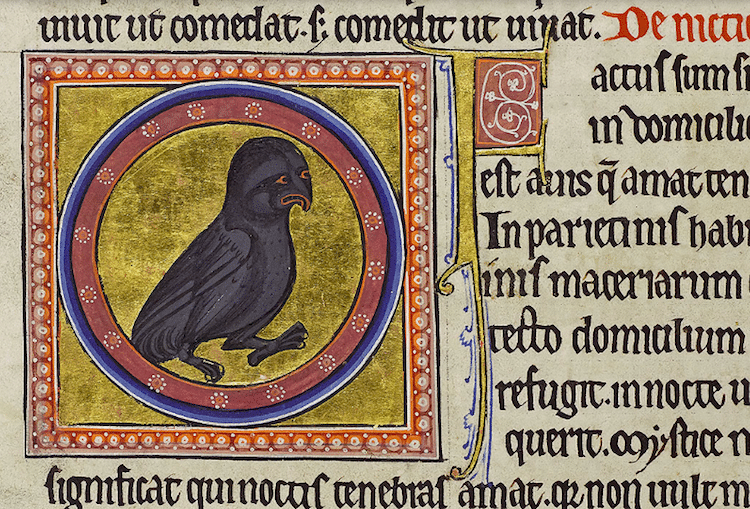

In addition, new insights into the organization of book production around 1500 in general, in particular on the relationship between monastic scriptoria and urban book painters, are anticipated. The aim of this project is to describe the illuminated manuscripts and printed books and place them in an art-historical context in accordance with the current standards of cataloguing and thus to make them available for further research. The scholarly cataloguing of the significant and diverse Bamberg collection of almost 200 manuscripts (including fragments) as well as approximately 520 prints with illuminations and hand decoration began in 2012 with the support of the German Research Foundation (DFG). However, the interdisciplinary and processes of change within these manuscripts have only recently been taken into account in research because a systematic review of illuminated printed books is still absent. It is only in recent years that art-historical research has begun to study the artistic development in manuscripts from this period of transition. In addition, there are also items that come from other regions of Germany, Italy, France, the Netherlands, and Bohemia.Īlthough the illuminations are often of high artistic quality and expressive variety, most of them are so far unknown to art historians. Numerous late mediaeval and early modern manuscripts and incunabula of the collection are decorated with painted decorations predominantly of South German origin.

The Bamberg State Library has a rich collection of illuminated manuscripts and printed books of the 15th and early 16th centuries.


 0 kommentar(er)
0 kommentar(er)
